I just got to spend an amazing Saturday, May 18, at Utah Motorsports Campus with Utah Region RallyCross drivers. They’re possibly the most laid-back group of motorsport participants I’ve encountered. Don’t let the chill demeanor fool you though. When the helmets are on it’s game on!
You might think of rallycross as a really dusty—or really muddy when wet— version of autocross. Drivers still navigate a course marked by cones, they use similar timing equipment, and they get penalized for hitting cones or missing gates. The bring-whatcha-got mentality is also prominent in both sports. Both are also super welcoming of new participants and ride-alongs.
Still there are real differences. Rallycross includes lots of power sliding, terrain changes, and having to change directions over even shorter distances. And, let’s be honest, sliding around corners while throwing a dusty rooster-tail is just a ton of fun! So the vibe is completely different from autocross.
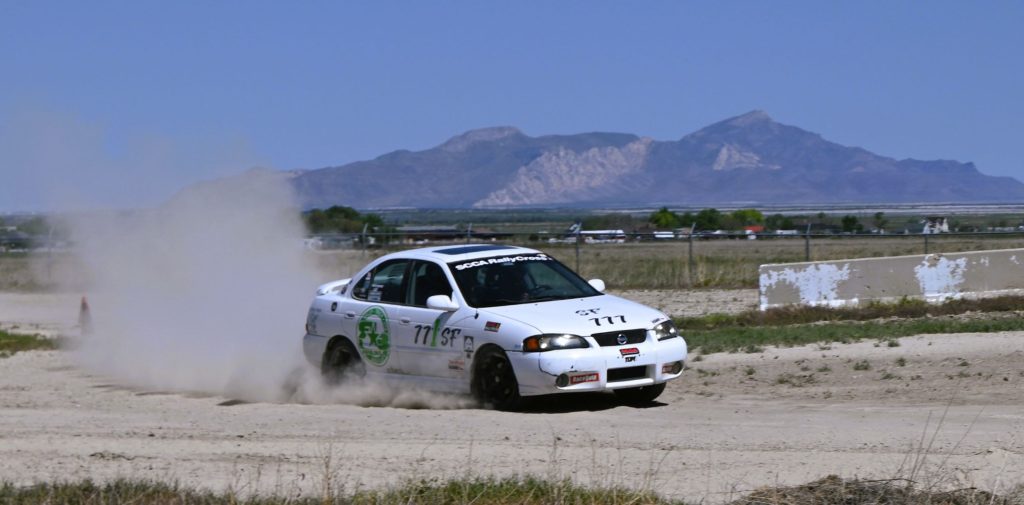
Utah Region SCCA RallyCross
As with Utah AutoCross, the Sports Car Club of America is the sponsoring organization for Utah RallyCross. The organization describes rallycross as “the most widespread and readily accessible form of extreme dirt motorsport in the SCCA, and the perfect place to see if you have what it takes to power slide your way to victory.”
The Utah Region SCCA RallyCross Director is Dan Ebling, who often doubles as event chair. From what I could see, Dan does fantastic work both running the organization and pulling together great individual events.
Brad Turnbull and former director Gonazalo “Gonzo” San Miguel were equally effective as “safeties” for the May 18 event. Safeties are SCCA certified and every event must have at least one to address participant, vehicle, or surface concerns. I saw them make a few changes to the layout, during the course walkthrough, based on participant feedback.

Advertise with UMN
All competitors contribute heavily to running the event as well. Those who are not in the run group are monitoring the course, calling in penalties, and re-setting cones when one is hit. Each cone hit is a two-second penalty, while missing a gate entirely results in a 10-second penalty.
As for becoming a participant yourself, both fees and requirements are pretty minimal. Event registration ranges from $25 – $45 per event, and literally any mechanically-sound hardtop vehicle is welcome. A basic tech inspection ensures that the car is safe to run the course. Snell-approved helmets are also needed, but loaner helmets are available.
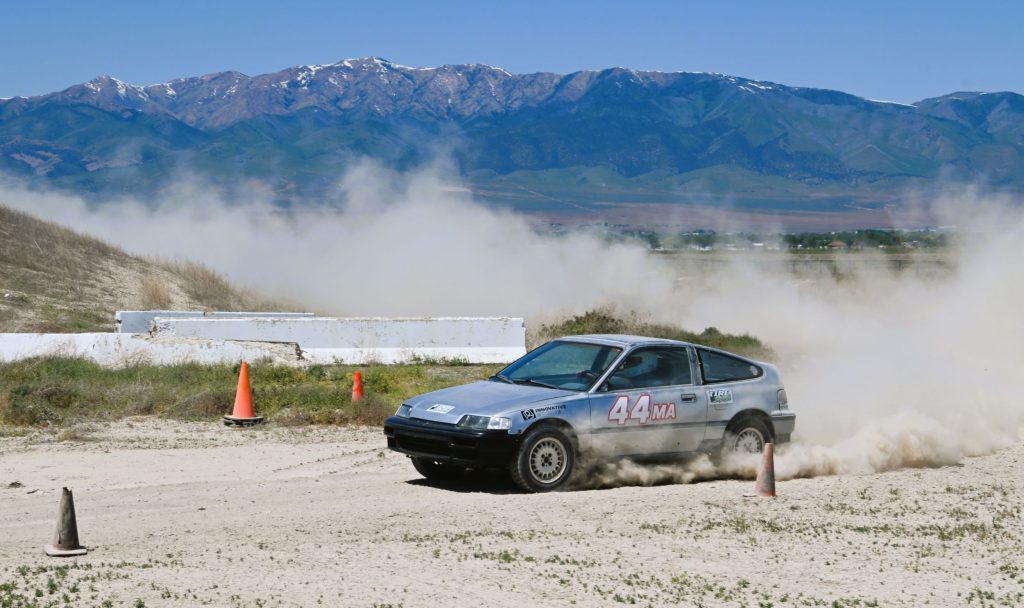
Rallycross Classifications
The three main SCCA RallyCross categories are Stock, Prepared, and Modified. “Stock” vehicles must run on DOT, street-approved tires. They may have cosmetic changes that don’t enhance performance, although cat-back exhausts and drop-in air filters are allowed. Starting this year, larger radiators are also approved.
“Prepared” cars can run on nearly any kind of tire, and drivers can modify the exhaust system extensively. They may also run any shock/strut setup desired.
“Modified” competitors get to enhance power, typically via forced induction like turbochargers or superchargers. They can also add aerodynamic components and strip the car for significant weight reduction.

Each of these three categories is further split into three types of drivetrain: front-wheel drive (FWD), rear-wheel drive (RWD), and all-wheel drive (AWD). So three categories with three drivetrain setups equals up to nine classes running.
There are some additional classes. For instance “Constructors” are purpose-built machines based on tube-frame chassis. The “UTV” class features side-by-sides with window nets, full doors, roofs and windshields. Of these extra classes, only the UTV class runs locally.
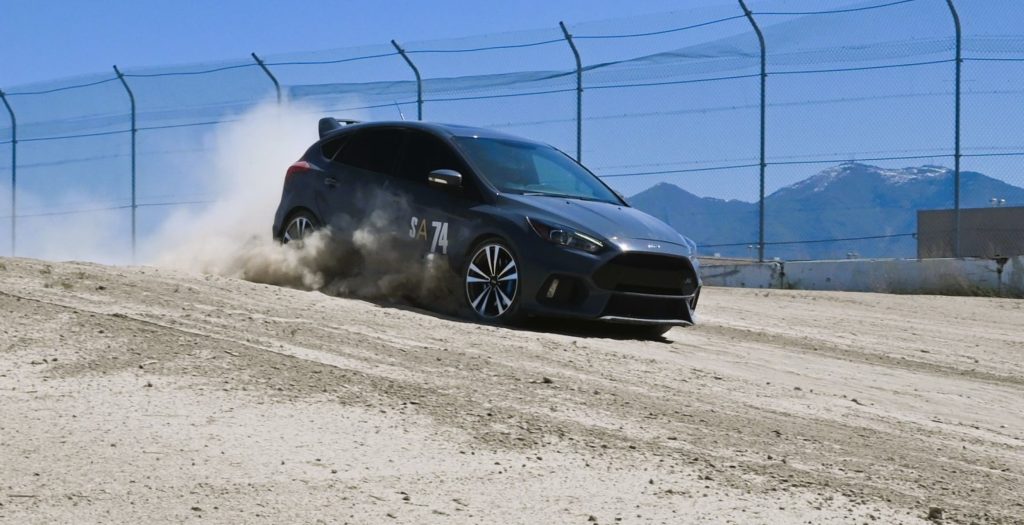
The Machines
For the May 18th event, there were several small Fords and older Subarus of various models, including some WRXs. There were also an older BMW, a Nissan Sentra SE-R, a Mitsubishi Lancer Evo, and a lifted and heavily-modified Honda CRX.
Toyotas were represented, including a little Yaris commuter car, and a Hyundai SUV made an appearance. One top competitor even brought a mostly-stock Miata, with a stock hardtop. So it really is okay to drive whatever hard-top vehicle you have.
There were also cars chewing up the dirt that looked like escapees from a cruise-night beauty pageant. They included a 2017 Ford Focus RS and a 2023 Toyota GR Corolla.
The type of car wasn’t as predictive of the results as you might think. It quickly became obvious that although power was great to have, it wasn’t the real determining factor in course times.
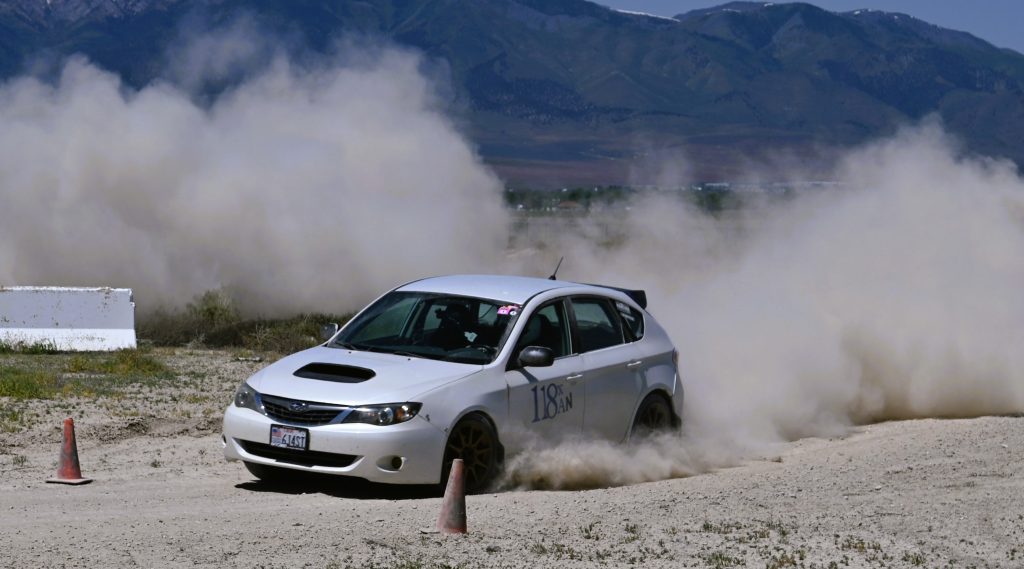
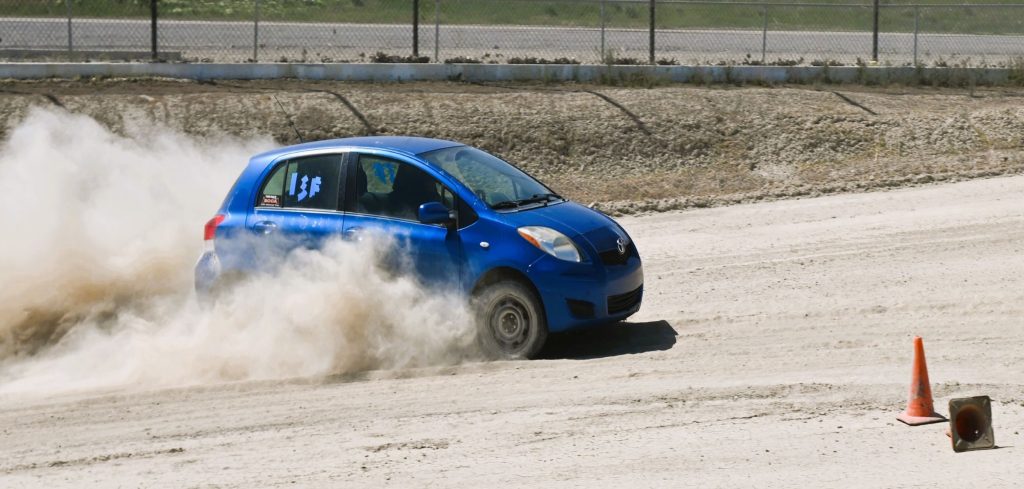
The Drivers
As with many motorsports, driver ability and consistency are the real keys to victory. Why consistency? Because unlike autocross, where best times decide placement order, rallycross times are cumulative. So a great run helps offset a bad run, but does not replace it.
If you make it to a rallycross event, and you should, be sure to sign the waiver that allows you to be a passenger. I rode with several drivers and came away thoroughly impressed with what many of them can make a car do in the dirt.
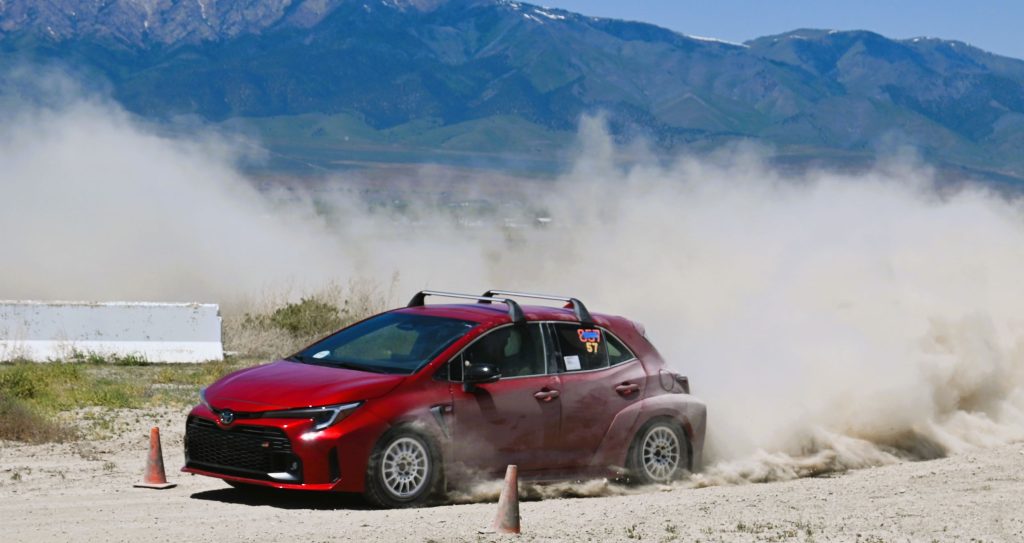
Matt Meibos’s AWD 2023 GR Corolla, with its turbocharged three-cylinder engine outputting 300 horsepower, is amazingly capable. When paired with a great set of tires, which bumped the GR to the “prepared” class, Matto and co-driver Jeff Price put down blistering times and had a blast doing it.
On the other end of the spectrum, 16-year veteran and former national champion Gonzo San Miguel had a cumulative time, for the day, that was only 1.1 seconds slower. And he did it with a 1997 RWD Miata featuring a stock, low-power drive train and normal ride height. I felt the bottom of the Miata scrape a bit in a rutted section of the course, but nothing really slowed Gonzo down.
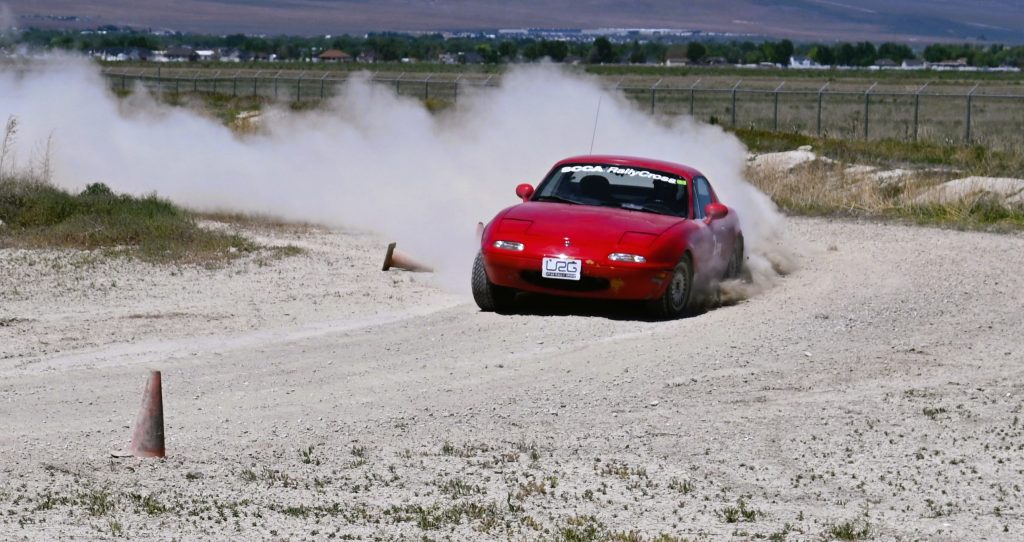
The relatively small Utah region has plenty of talent besides Gonzo. Brad Turnbull won his class at the SCCA Nationals last year, and Austin Dowda won in 2020 and 2022. Drivers that didn’t make it to the May 18 rallycross have also been previous class champions, alongside other Utah Region members winning national trophies.
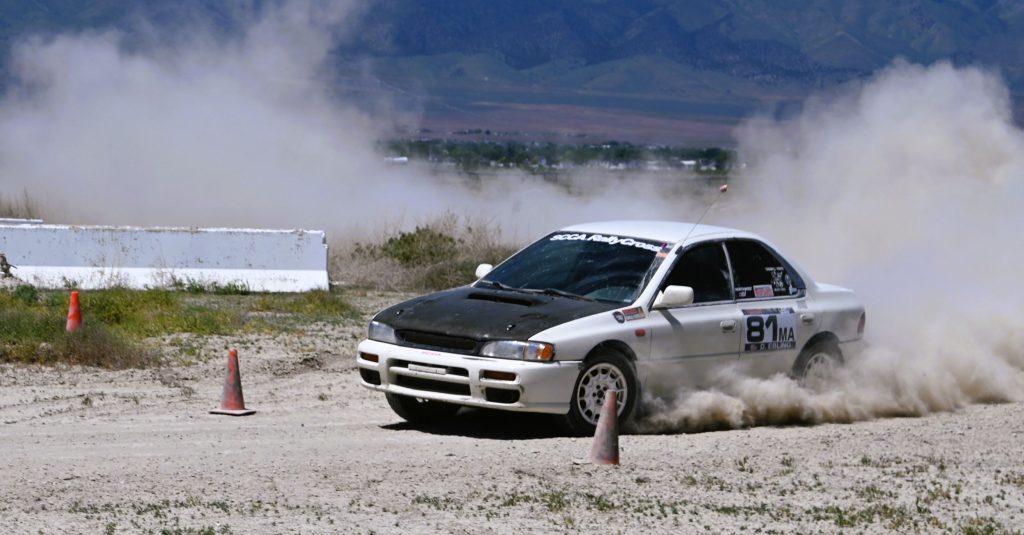
Results
With 22 drivers, the May 18th rallycross provided enough competition to keep things interesting, but was small enough that everyone got 10 runs. Class winners were:
- Stock FWD, Caleb Warren, 2002 Nissan Sentra SE-R
- Stock AWD, Ryan Akam, 2017 Ford Focus RS
- Prepared FWD, Jonah Mingo, 2013 Ford Focus ST
- Prepared RWD, Gonzo San Miguel, 1997 Mazda Miata
- Prepared AWD, Jeff Price, 2023 Toyota GR Corolla
- Modified FWD, Matt Thompson, 2015 Ford Fiesta ST
- Modified AWD, Austin Dowda, 1989 Honda CRX
There were no competitors for stock RWD, modified RWD, or UTV classes.
Class winner or not, everyone I talked to was having a blast and seemed to agree it was a “sick event.”
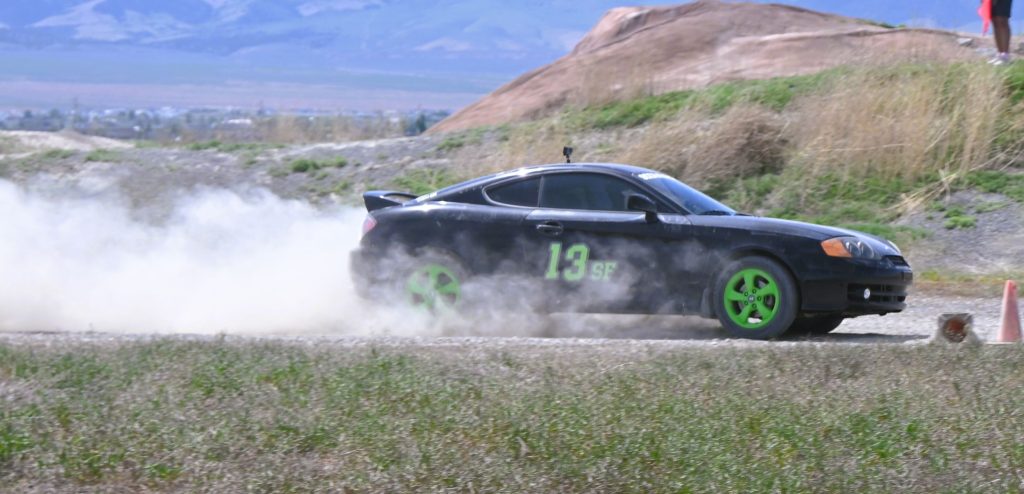
Upcoming Events
Remaining 2024 Utah Region RallyCross events will be hosted by Desert Thunder Raceway in Price. Dates are June 8 – 9, August 17 – 18, September 7 – 8, and October 5 – 6.
If you can, you should really check out rallycross. Better yet, sign up and bring something to drive! I know I’d like to compete the next time I show up.
Now, how do I convince my wife that I need another car?
© 2024, R Bairett
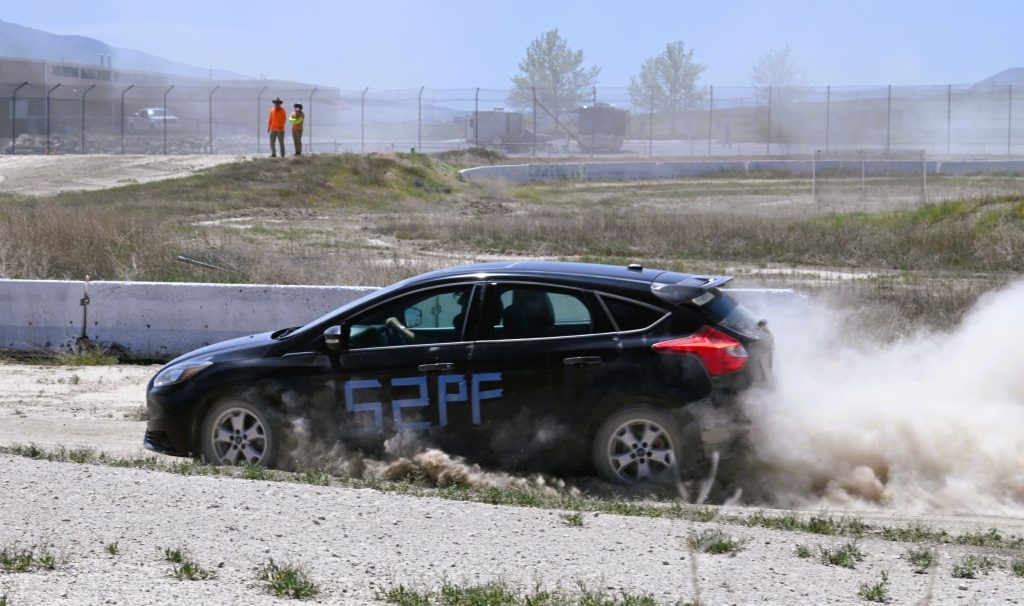
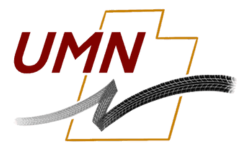
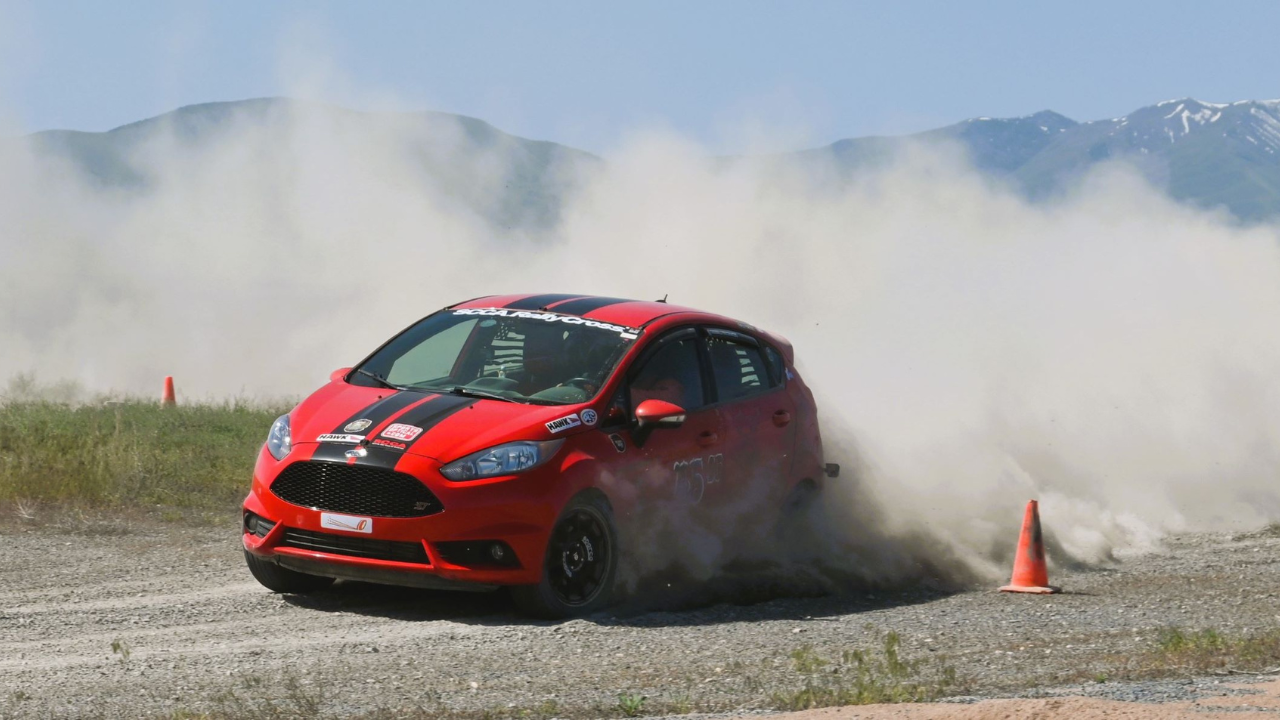



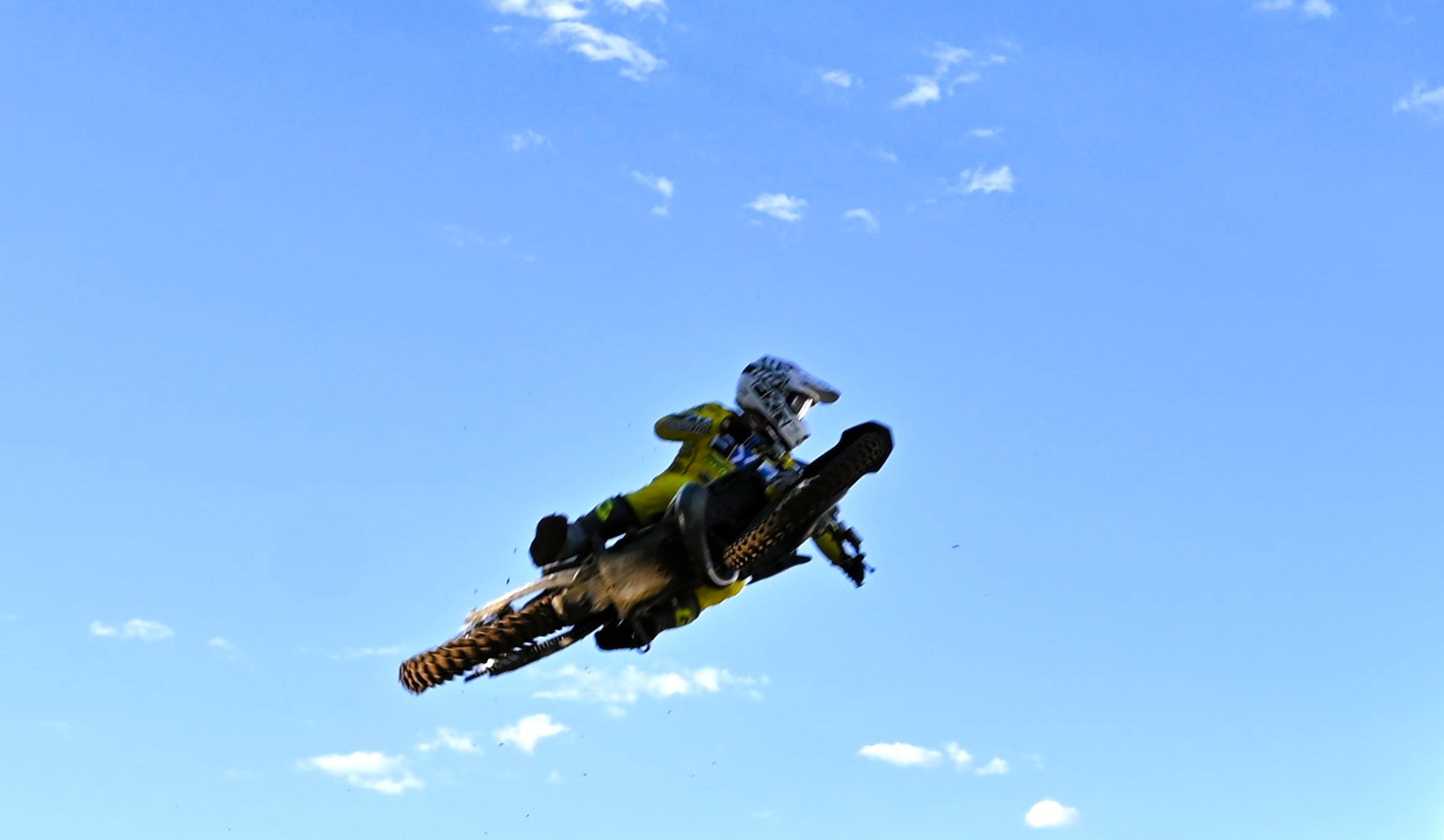
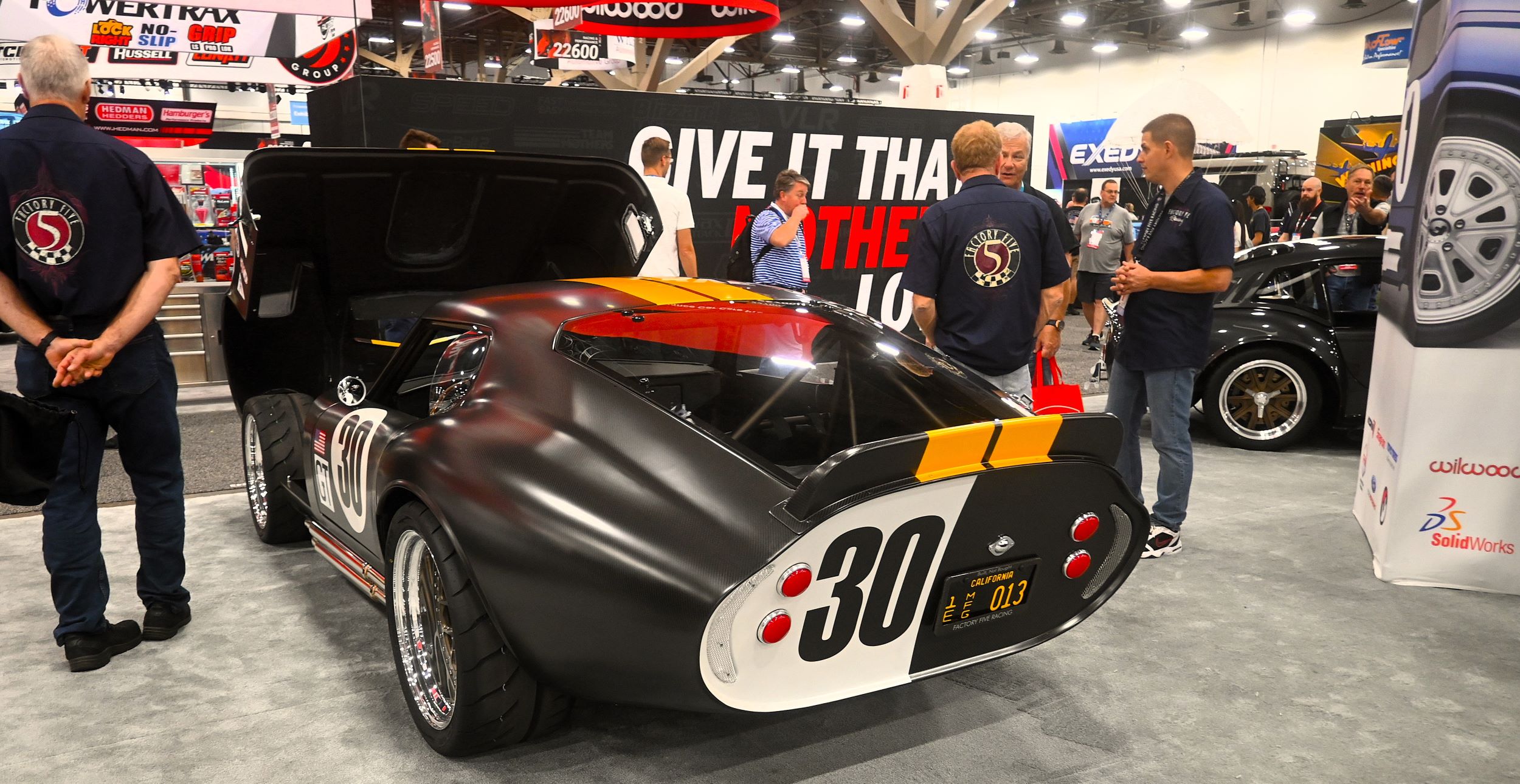
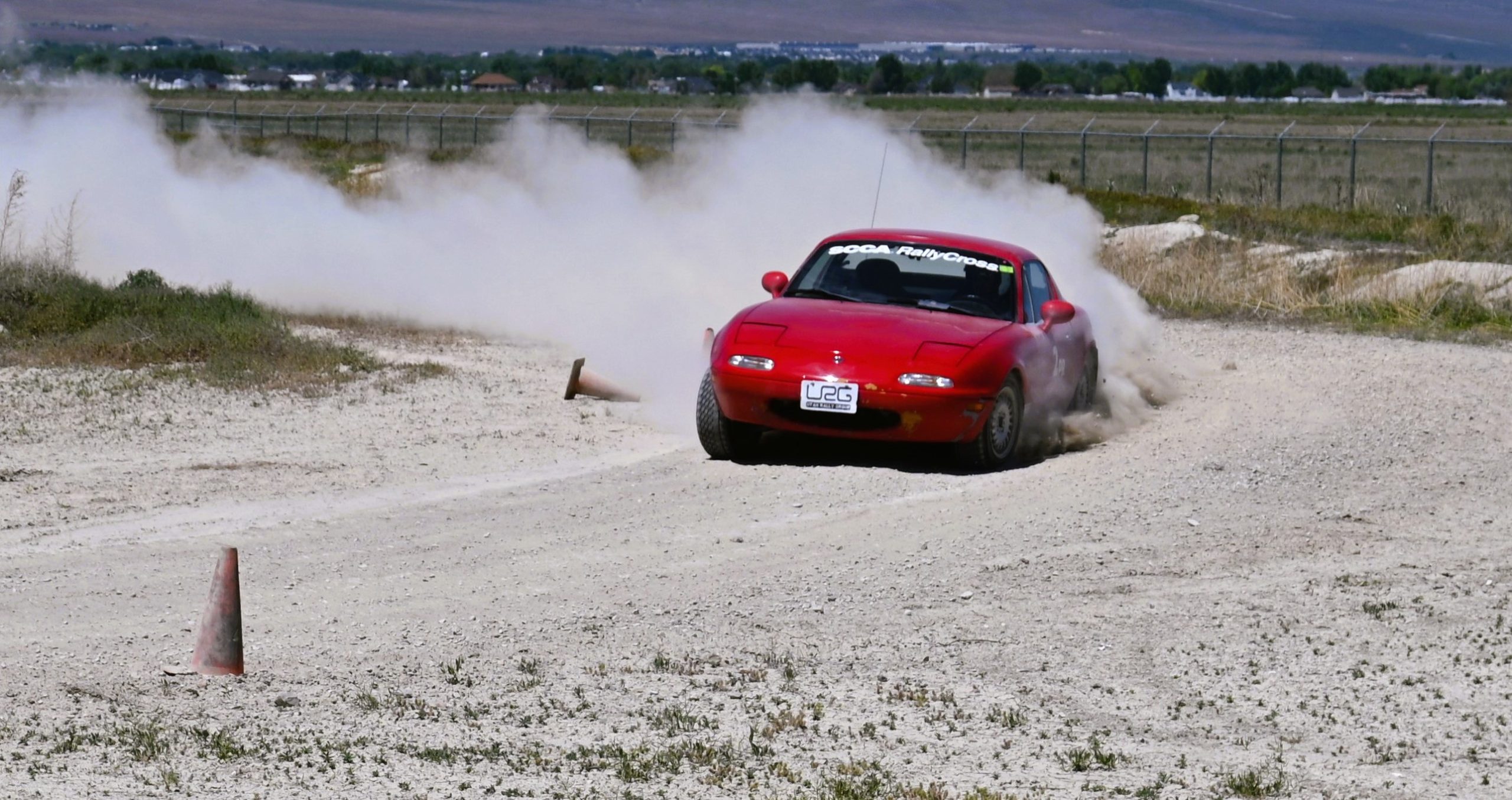
0 Comments